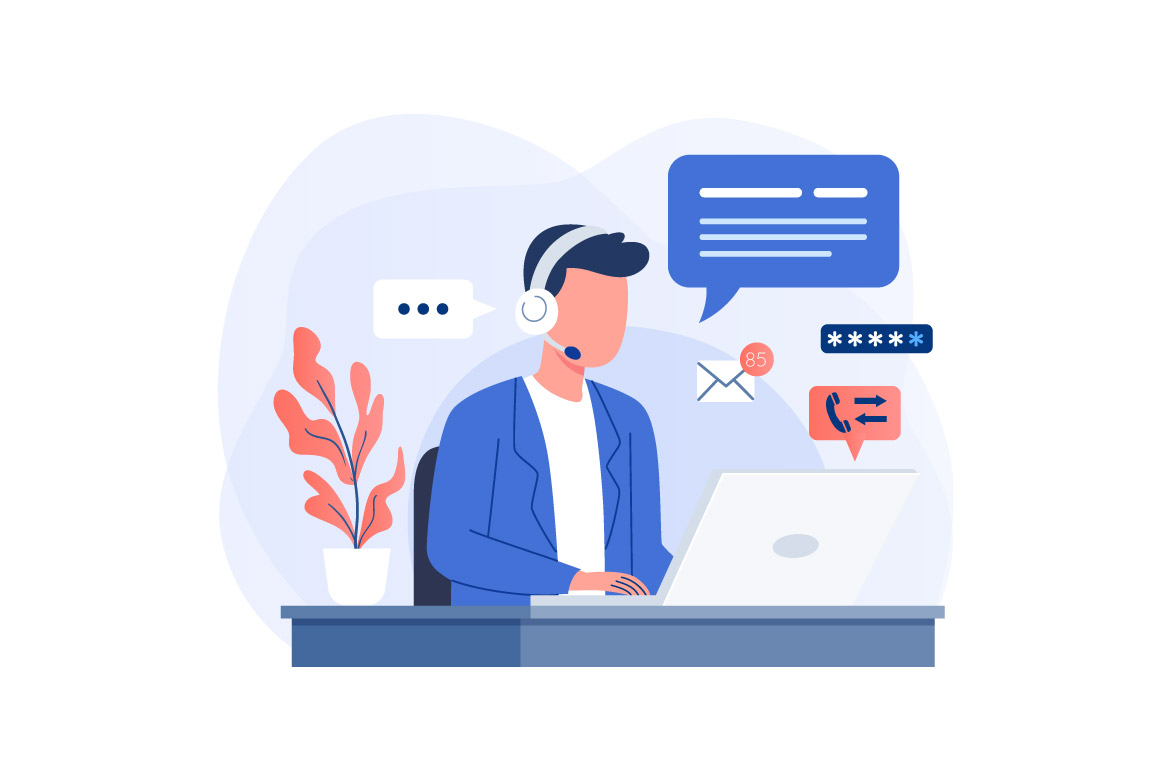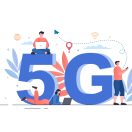Gone are those days when just the service and product quality, offered by a company, were enough to gain loyal customers. But, today, customers prefer brands that provide real-time support and assure an enhanced experience. Research says, more than 70% of customers expect quick(within 24 – 48 hrs.) responses to their emails, connected journeys, discounts, personalized shopping experience, and 24×7 customer support through all communication channels. With the rapid advancement of technology, customers’ expectations are being highly influenced by a broader pool of past experiences. Customer expectations, these days, are fluid across industries and this notion is referred to as ‘Liquid Expectations’.
The basic idea is that people, struggling to survive in today’s fast-paced lives, look for a positive experience in all aspects, ranging from shopping, booking cabs, hotels, tables at their favorite restaurants, enrolling at universities/schools to applying for loans. When the application/enrolment/booking process on a company’s web portal is complicated and time-consuming, and the entire digital experience is not pleasant, consumers often get frustrated. The way people expect a hassle-free return of a damaged product, they purchased from an online marketplace, the same way they expect their online cab booking process to be quick and seamless. If customers get dissatisfied with any kind of unpleasant experience, they will continue associating it with the brand, possibly forever. To thrive in today’s constantly-evolving industry, it is extremely crucial for companies to deliver consistent and phenomenal customer experience at all touchpoints, to exceed the level of experience the peers in their own and other industries are offering. Over the last few years, a profound transformation is witnessed in the way companies across diverse industries engage with their customers and meet their expectations. Customers, today, have gotten used to a certain level of experience when they interact with various brands, and these experiences are giving birth to liquid expectations, over time.
Tips to meet customers’ liquid expectations:
- Extend personalization
Customers these days look for advanced personalization. For example, in the case of online shopping portals, customers expect to get suggestions based on their prior purchases and search history. Hence, companies must send promotional emails, newsletters, etc., tailored to the receivers’ interests. However, sending personalized messages manually is quite time-consuming. Therefore companies of this tech-savvy era must consider leveraging automated communication plans.
- Re-examine the existing tech stack
As the world is going completely digital, it is crucial for businesses of all sectors to embrace the change wholeheartedly. Those who have already established their presence on digital platforms must consider re-evaluating their existing tech stack, periodically. When the right technology turns out to be the biggest contributor to a company’s success, the wrong technology can hinder its growth and crush its image, which got created over years.
- Understand customer touchpoints
Companies must figure out the preferred communication channels of their customers and interact with them in the same. Mapping out customer journeys immensely helps companies to get a clear idea about their buying patterns, needs, and expectations while allowing them to identify areas that need improvement.
- Measure customer support
To ensure optimum customer satisfaction, companies must get an idea about how many customers are satisfied with their offerings, by monitoring, measuring, and analyzing the contentment level in the customer journey using CSAT, NPS, etc. CSAT scores often help companies to pinpoint various team development opportunities.
- Deliver enhanced customer service
Customers, these days, want real-time customer support through live chats or telephonic conversations. Automating the entire support process and using an omnichannel support system enable companies to deliver enhanced customer service. Delivering a proactive response is quite crucial. An omnichannel experience in the customer support system always helps the company to respond to the customers in their preferred communication channel/s and get access to all the previous interactions. Companies can respond to their customers quicker by optimizing their communication channels.
- Develop and nurture customer relationships
Every company needs to nurture its customer relationships to ensure repeat purchases and gain loyal customers. To strengthen customer relationships, companies must consider offering rewards, loyalty bonuses, discounts, etc.
- Integrate AI (Artificial Intelligence)
Providing customers with effective self-service, through which they can quickly resolve small issues often helps companies to meet liquid customer expectations.
- Invest in upskilling the customer care executives or outsourcing customer service to reputed BPO companies, equipped with experienced personnel.
Though AI-powered chatbots are quite helpful, when it comes to solving minor problems, big, complicated problems require human intervention. When customers get on a call with a human agent, within a few seconds they understand the amount of knowledge the agent has. Once customers find out that the customer care executive on call is not well-informed and educated enough to solve their issues, they usually get offended and lose trust in the company’s customer service. Hence, companies must invest in their in-house agents or contract out customer support service to reputed call centers.
Summary
Meeting liquid expectations is not merely developing the customer relationship, implementing new tools or channels, and accessing new data to offer enhanced customer experience. It involves entirely transforming outdated operating models, processes, governance, and analytics to fit today’s leading-edge business environment.



